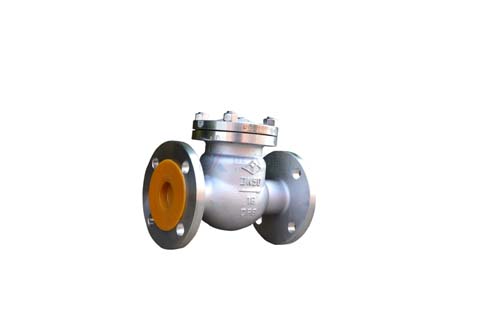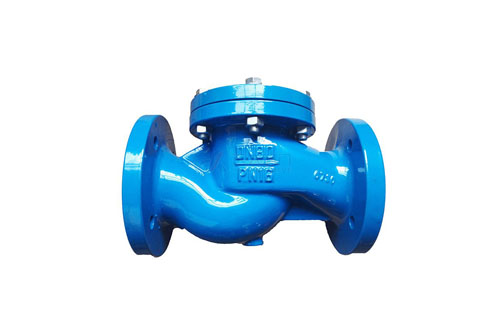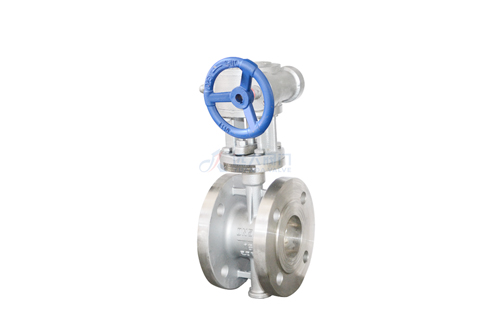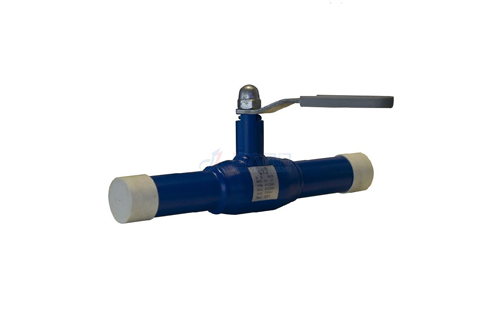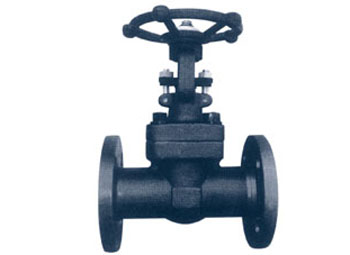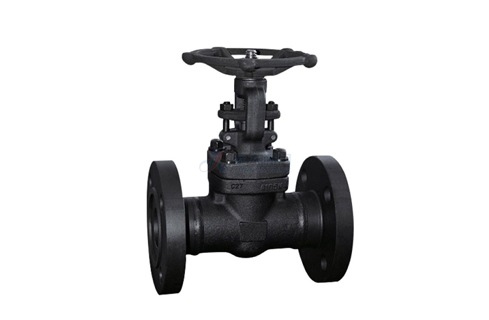Check valves are generally installed on the pipeline to prevent backflow. A check valve is basically a one-way valve, the flow can flow freely in one direction, but if the flow rotates, the valve will be closed to protect the pipeline, other valves, pumps, etc. If the fluid rotates but the check valve is not installed, a water hammer may occur. Water hammer often occurs with extreme force and can easily damage pipes or components.
Things to pay attention to when choosing a check valve
When selecting a check valve, it is important to conduct a cost-benefit analysis of a particular system. The usual focus is to reduce costs while obtaining the lowest possible pressure loss, but for check valves, higher safety equals higher pressure loss. Therefore, in order to ensure the check valve protection system, each system needs to be evaluated separately, and factors such as the risk of water hammer, acceptable pressure loss, and the financial consequences of installing a check valve must be considered for water hammer.
In order to be able to select the correct check valve for your application, there are many selection criteria that you should consider. First of all, no one type of check valve is the best choice for all applications, and the selection criteria are not equally important for all situations.
Some selection criteria to consider when choosing a check valve
Some things you may need to consider are fluid compatibility, flow characteristics, head loss, non-impact characteristics, and total cost of ownership. In order to obtain the best performance, it is of course important to choose the valve according to the characteristics of different installation methods.
Fluid
All check valves are used to treat water and treated wastewater, but the treatment of raw wastewater/sewage may cause some problems. When selecting valves for these fluids, you should probably consider how the presence of solids might affect valve operation.
Flow characteristics
If the check valve closes very quickly, it is possible to prevent slamming. However, a quick shutdown does not prevent the surge that occurs when the pump starts and shuts down. If the valve opens (and closes) quickly, the flow rate will change suddenly and a surge is more likely.
Head loss
Valve head loss is a function of fluid velocity. Valve head loss is affected by the flow conditions of the system and the inner surface of the valve. The geometry of the valve body and the closing design determine the flow area through the valve and therefore also affect the head loss.
The head loss to be considered is the combination of the static head (caused by the height difference) and the friction head (caused by the pipe and valve interior). On this basis, there are many formulas for valve headloss and rated value. The most common may be the flow coefficient of the amount of water passing through the valve with a certain pressure drop in a certain period of time. But for comparison, it is considered that the resistivity Kv is the best choice.
The total cost of ownership
The cost of your check valve may include more than the purchase price. For some installations, the most important cost maybe purchase and installation, but in other cases, maintenance or energy costs may be as important or even more important. When using cost as the criterion for selecting a check valve, the total cost over the life of the valve should therefore be considered. In general, the simpler the valve structure, the lower the maintenance requirements.
Non-slam features
Check valve slam causes the system pressure to fluctuate. The first step in this process is to reverse the flow when the pump stops. This may cause some backflow through the valve before the valve reaches the fully closed position. Then the reverse flow is closed, and the change in flow rate converts the kinetic energy of the fluid into pressure.
The slam sounds like the sound made when the disc or ball of a check valve hits the valve seat, and it generates considerable noise. However, this sound is not caused by physical closure, but by sound waves generated by the pressure spikes that stretch the tube wall. To avoid slamming completely, the check valve should be closed before any reverse velocity occurs. Unfortunately, this did not happen. The geometry of the valve determines how much backflow will occur, so the faster the valve closes, the less slamming.
